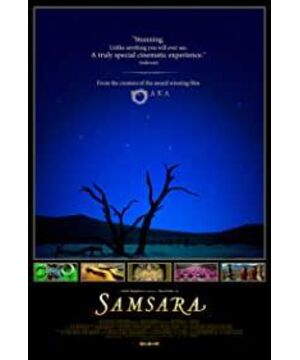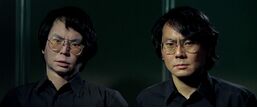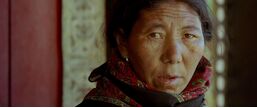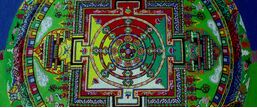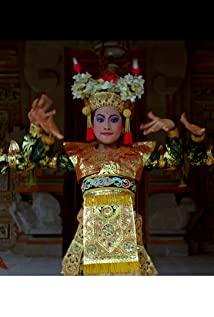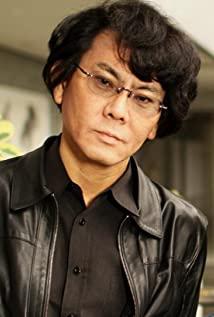Starting from the profound scene of piled sand, the film has set a certain oriental tone. Although the title uses a rather ostentatious word ("reincarnation" in Sanskrit), it is definitely not about religious clichés or gorgeous and empty scenery and wonders. Although I was worried about this problem in the first quarter of the film-excessively exquisite natural wonders, aerial night shots, film pictures, and excessively lyrical music rendering, making every frame look like the cover of National Geographic magazine, It is also reminiscent of similar productions by the BBC.
Just when it was about to be defined as a "science and education propaganda film", an abandoned house in the desert appeared in the camera. The peeling posters on the wall, the slanted tables and chairs, and the doors falling off in half. The weird thing is that the fine sand poured in from the window, forming half-person-high golden sand dunes one after another in this faded room, seeming to engulf it, and seem to be mixed with it. Such a surreal picture is so real, abrupt, frank, and silent.
With the start of a freeze-frame recording of a car that was squeezed and deformed in the middle of two bungalows after the tsunami, the film gradually brought us more surprises:
the picture of inflatable dolls with perfect figures and gorgeous facial features piled together naked, followed by a group of Thai landmarks. A shot of a dancing girl wearing a number plate and a three-point twisting;
Japanese scientists and his super-simulated robots are sitting side by side, it is difficult to distinguish between true and false, while well-dressed modern scholars madly self-mutilate in front of the camera, using mud and paintbrushes A "clown" monster that has become an inhuman form;
former prisoners lined up in the square to perform fitness dances in order to be seen by the cold back of the police uniform on the balcony; the car was full of guns and bullets, and they were sold to ordinary people. Families, sold to African tribes, and sold to children with proud expressions;
Eating, drinking, eating, and drinking, the operating room ushered in another fat and drooping belly; the supermarket was crowded with baskets, baskets, and boxes;
the chickens in the feeding ground were in trouble, and each of them was numb. The sows involved in the machine and taken to the slaughterhouse were covered in fat and fat, and fell into a narrow trough, unable to move. Thousands of cows no longer step on the green space but on the elevator. The drill-like machine rotates and milks continuously;
...
These shots, the director said in an interview, are disturbing interventions in the smooth scenes, and they are also different from the previous film "Baraka". And it is these lenses that refract the absurd but common phenomena in contemporary society. There is no explanation, but there is a point of view. There was no dialogue, no narration, no subtitles, and even the human voice was deliberately removed. People's expressions were frozen, stared at, and recorded quietly.
In addition, it’s also worth mentioning that the images taken in China occupies a considerable proportion of the film. The main scenes include: Avalokitesvara, Tibetan lamas, assembly line work of factory female workers, food factory female workers cutting pork and making dumplings, and square parade. Except for religious scenes, almost all of them are panoramic views with cold tones, showing a uniform to somewhat terrifying image. Their real existence, irrefutable, gradually turned a little uncomfortable when watching movies into secret regrets.
At the end of the film, the camera came to Mecca, Saudi Arabia, recording millions of devout believers gathered around the mosque, like sand and picturesque. In a blink of an eye, the lens returned to the gorgeous, splendid and precise and orderly sand painting of the mandala. However, the surprised audience saw at this time that this world that had just been piled up with sand, after years of painstaking creation, was completely erased without hesitation after completion. A work of supreme artistic value disappeared in no time. For practitioners, they and their mission have been completed. Then the brightly colored fine sand will be put into bottles, dumped into the river, and go down the river.
So people say that the prosperous world is nothing but a handful of fine sand.
View more about Samsara reviews


